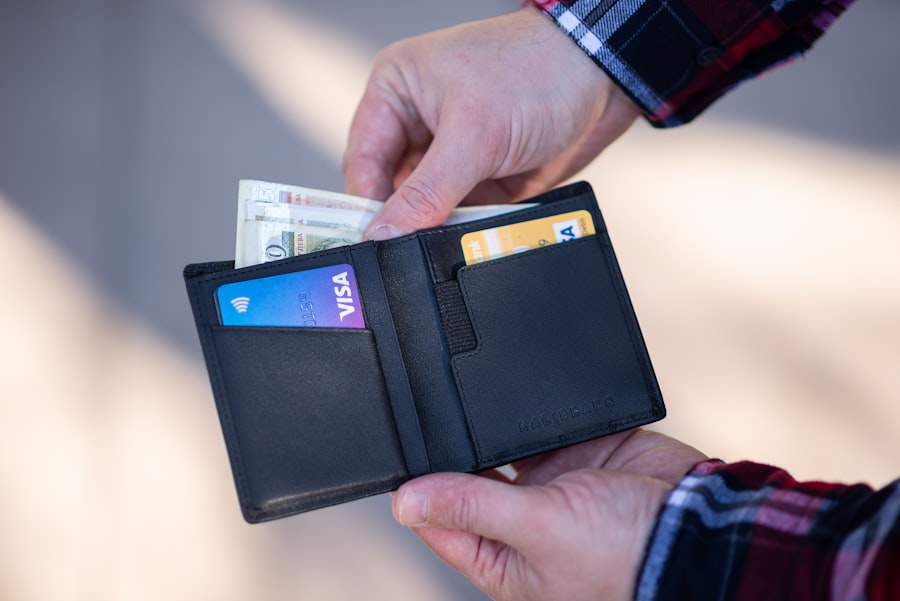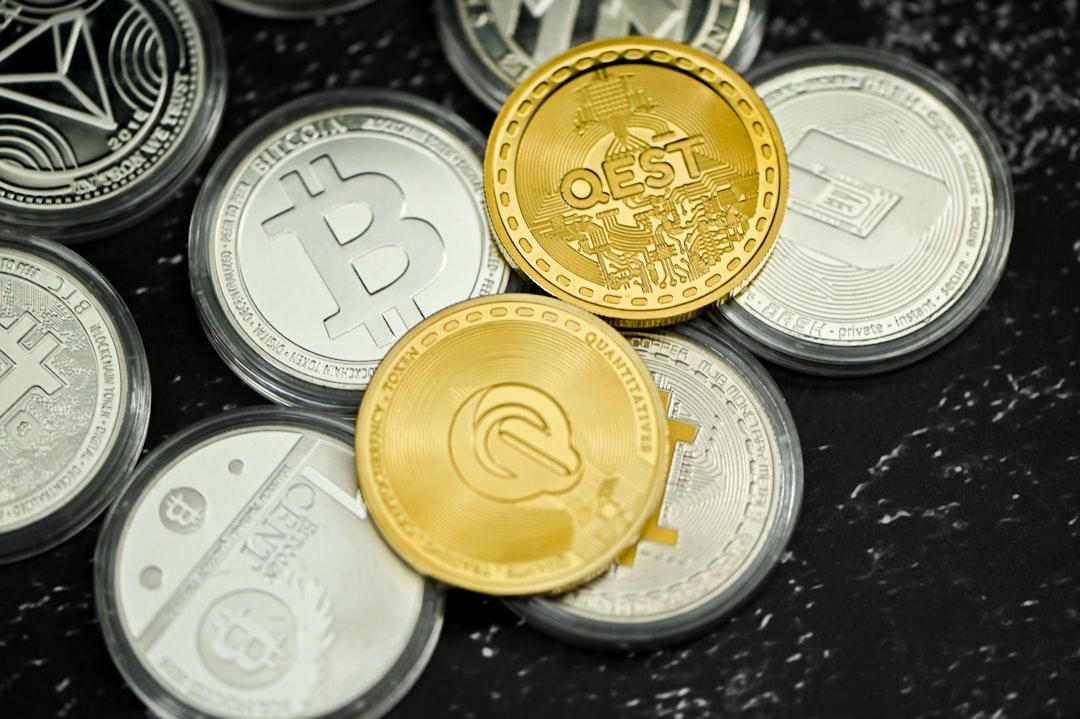NFT wallets, or non-fungible token wallets, are digital wallets specifically designed to store, manage, and interact with non-fungible tokens. Non-fungible tokens are unique digital assets that are indivisible and cannot be exchanged on a like-for-like basis, unlike cryptocurrencies such as Bitcoin or Ethereum. NFT wallets serve as a secure and convenient way for users to access and manage their NFT collections, as well as participate in NFT marketplaces and other related activities.
NFT wallets are built on blockchain technology, which ensures the security and immutability of the NFTs stored within them. These wallets can be accessed through web interfaces or mobile applications, providing users with a user-friendly and accessible way to engage with their NFT assets. As the popularity of NFTs continues to grow, the demand for reliable and feature-rich NFT wallets is also on the rise. This has led to a surge in NFT wallet development, with various companies and developers working to create innovative and secure solutions for NFT enthusiasts.
Key Takeaways
- NFT wallets are digital wallets used to store, manage, and trade non-fungible tokens (NFTs) on blockchain platforms.
- NFT wallet development is crucial for the mainstream adoption of NFTs and the growth of the NFT market.
- Key features of NFT wallets include user-friendly interfaces, support for multiple blockchains, and seamless NFT management and trading capabilities.
- Security measures in NFT wallet development include encryption, multi-factor authentication, and secure key management to protect users’ NFT assets.
- The future of NFT wallets is marked by trends such as interoperability, decentralized finance integration, and innovative user experiences, while challenges in NFT wallet development can be addressed through solutions like improved user education and enhanced security protocols. When choosing the right NFT wallet, consider factors such as supported blockchains, security features, and user interface design to meet your specific needs.
The Importance of NFT Wallet Development
The development of NFT wallets is crucial for the widespread adoption and mainstream integration of non-fungible tokens. As the NFT market continues to expand, there is a growing need for secure and user-friendly platforms that can support the storage and management of these unique digital assets. NFT wallets play a key role in enabling users to securely store and access their NFT collections, as well as participate in NFT marketplaces, auctions, and other related activities.
Furthermore, the development of NFT wallets is essential for providing users with a seamless and intuitive experience when interacting with their NFT assets. By offering features such as easy token management, seamless marketplace integration, and secure transaction capabilities, NFT wallets can help drive user engagement and participation in the NFT ecosystem. Additionally, the development of NFT wallets can also contribute to the overall growth and maturation of the NFT market by fostering trust and confidence among users, collectors, and investors.
Key Features of NFT Wallets
NFT wallets come with a range of key features that are designed to enhance the user experience and provide secure storage and management of non-fungible tokens. Some of the most important features of NFT wallets include:
1. Secure Storage: NFT wallets offer secure storage for non-fungible tokens, utilizing blockchain technology to ensure the immutability and integrity of the stored assets.
2. User-Friendly Interface: NFT wallets provide a user-friendly interface that allows users to easily view, manage, and interact with their NFT collections.
3. Marketplace Integration: Many NFT wallets offer seamless integration with NFT marketplaces, allowing users to buy, sell, and trade their NFT assets directly from their wallets.
4. Multi-Chain Support: Some NFT wallets support multiple blockchain networks, enabling users to store and manage NFTs from different blockchains within a single wallet.
5. Customization Options: NFT wallets may offer customization options that allow users to personalize their wallet interface and settings according to their preferences.
6. Transaction Capabilities: NFT wallets enable users to securely send and receive non-fungible tokens, as well as participate in auctions, bids, and other transactional activities within the NFT ecosystem.
These key features make NFT wallets an essential tool for anyone looking to engage with non-fungible tokens in a secure, convenient, and user-friendly manner.
Security Measures in NFT Wallet Development
| Security Measures | Description |
|---|---|
| Multi-factor Authentication | Adding an extra layer of security by requiring users to provide two or more forms of identification before accessing the wallet. |
| Biometric Authentication | Utilizing fingerprint or facial recognition technology to verify the user’s identity. |
| Encryption | Protecting sensitive data by converting it into a code that can only be accessed with a decryption key. |
| Secure Key Storage | Storing private keys in hardware security modules or secure enclaves to prevent unauthorized access. |
| Auditing and Monitoring | Regularly reviewing and tracking wallet activity to detect any suspicious behavior or unauthorized access. |
Security is a paramount concern in the development of NFT wallets, given the valuable and unique nature of non-fungible tokens. To ensure the safety and integrity of NFT assets, developers implement various security measures in the design and development of NFT wallets. Some of the most common security measures in NFT wallet development include:
1. Encryption: NFT wallets use encryption techniques to secure private keys and sensitive user data, preventing unauthorized access and theft of NFT assets.
2. Two-Factor Authentication: Many NFT wallets incorporate two-factor authentication (2FA) to add an extra layer of security to user accounts, requiring additional verification beyond passwords.
3. Cold Storage Options: Some NFT wallets offer cold storage solutions for storing private keys offline, reducing the risk of exposure to online threats such as hacking or phishing attacks.
4. Audited Smart Contracts: NFT wallets that support decentralized applications (dApps) may undergo smart contract audits to ensure the security and reliability of the underlying blockchain protocols.
5. Multi-Signature Support: Certain NFT wallets support multi-signature transactions, requiring multiple approvals from authorized parties before executing a transaction, adding an extra layer of security.
6. Regular Security Updates: Developers of NFT wallets regularly release security updates and patches to address potential vulnerabilities and enhance the overall security of the wallet platform.
By implementing these security measures, NFT wallet developers can help mitigate risks and safeguard the assets and privacy of their users within the rapidly evolving landscape of non-fungible tokens.
The Future of NFT Wallets: Trends and Innovations
The future of NFT wallets is poised for significant growth and innovation as the market for non-fungible tokens continues to expand. Several trends and innovations are expected to shape the evolution of NFT wallet development in the coming years:
1. Enhanced Interoperability: Future NFT wallets may offer enhanced interoperability with various blockchain networks, allowing users to seamlessly manage and transfer NFTs across different platforms.
2. Improved User Experience: Developers will focus on enhancing the user experience of NFT wallets by introducing intuitive interfaces, streamlined processes, and personalized customization options.
3. Integration with DeFi: NFT wallets may integrate with decentralized finance (DeFi) protocols to enable users to leverage their NFT assets for lending, borrowing, or other financial activities within the DeFi ecosystem.
4. Cross-Platform Accessibility: Future NFT wallets may prioritize cross-platform accessibility, allowing users to access their NFT collections from web interfaces, mobile apps, and other digital platforms.
5. Advanced Security Features: Developers will continue to innovate in implementing advanced security features such as biometric authentication, hardware wallet integration, and decentralized identity solutions within NFT wallets.
6. Scalability Solutions: With the growing demand for NFT transactions, developers will explore scalability solutions to ensure that NFT wallets can handle increased network activity without compromising performance or security.
These trends and innovations are expected to drive the next phase of evolution in NFT wallet development, offering users enhanced capabilities and experiences in managing their non-fungible token assets.
NFT Wallet Development: Challenges and Solutions

The development of NFT wallets is not without its challenges, as developers must navigate various technical, regulatory, and user experience hurdles in creating robust and reliable wallet solutions for non-fungible tokens. Some of the key challenges in NFT wallet development include:
1. Scalability: As the demand for NFT transactions grows, scalability becomes a critical challenge for developers in ensuring that NFT wallets can handle increased network activity without compromising performance or security.
2. Regulatory Compliance: Developers must navigate evolving regulatory frameworks surrounding digital assets and blockchain technology to ensure that NFT wallets comply with relevant laws and regulations.
3. User Education: Many users are new to the concept of non-fungible tokens and may require education on how to use and manage their NFT assets within a wallet environment.
4. Interoperability: Ensuring seamless interoperability between different blockchain networks presents a technical challenge for developers in creating cross-chain compatible NFT wallet solutions.
To address these challenges, developers are exploring various solutions such as layer 2 scaling solutions, compliance protocols, user-friendly tutorials, cross-chain protocols, and industry collaborations to drive innovation in NFT wallet development.
Choosing the Right NFT Wallet for Your Needs
When choosing an NFT wallet for your needs, it’s important to consider several factors to ensure that you select a secure, reliable, and feature-rich solution that aligns with your preferences and requirements. Some key considerations when choosing an NFT wallet include:
1. Security Features: Look for an NFT wallet that offers robust security measures such as encryption, two-factor authentication, cold storage options, and regular security updates to protect your valuable non-fungible token assets.
2. User Interface: Consider the user interface of the NFT wallet to ensure that it offers an intuitive and user-friendly experience for managing your NFT collections and participating in marketplace activities.
3. Supported Blockchains: If you hold or plan to acquire non-fungible tokens on multiple blockchain networks, choose an NFT wallet that supports interoperability across different blockchains for seamless asset management.
4. Marketplace Integration: If you intend to buy, sell, or trade non-fungible tokens on marketplace platforms, select an NFT wallet that offers seamless integration with popular marketplace platforms for convenient transactional activities.
5. Community Reputation: Research the reputation and community feedback surrounding different NFT wallet solutions to gauge their reliability, performance, and user satisfaction before making your selection.
By carefully evaluating these factors and conducting thorough research on available options, you can choose the right NFT wallet that best suits your needs and preferences for managing your non-fungible token assets effectively.
Looking to stay updated on the latest developments in NFT wallet development? Check out the NFT Newsletter for insightful articles and news. In a recent article titled “The Future of NFT Wallet Development,” the newsletter explores the evolving landscape of NFT wallets and their impact on the digital art market. Dive into the details and stay informed about this exciting space by visiting NFT Newsletter.
FAQs
What is an NFT wallet?
An NFT wallet is a digital wallet that allows users to store, manage, and trade non-fungible tokens (NFTs). NFTs are unique digital assets that are stored on a blockchain and can represent ownership of digital or physical items such as art, collectibles, and virtual real estate.
How does an NFT wallet work?
An NFT wallet works by providing users with a secure way to store and manage their NFTs. It typically interfaces with a blockchain network, allowing users to view their NFT holdings, transfer NFTs to other wallets, and participate in NFT marketplaces.
What are the features of an NFT wallet?
Some common features of an NFT wallet include the ability to securely store and manage NFTs, view NFT holdings, transfer NFTs to other wallets, connect to NFT marketplaces, and interact with decentralized applications (dApps) that utilize NFTs.
How is an NFT wallet developed?
Developing an NFT wallet involves creating a secure and user-friendly interface for users to interact with NFTs on a blockchain network. This typically involves integrating with blockchain protocols, implementing secure storage mechanisms, and providing a seamless user experience for managing NFTs.
What are the benefits of using an NFT wallet?
Using an NFT wallet provides users with a secure and convenient way to store, manage, and trade their NFTs. It also allows users to participate in the growing ecosystem of NFT marketplaces and dApps, enabling them to explore new opportunities in the digital asset space.


















